Here are some top tips for beginners in the art of hiking.
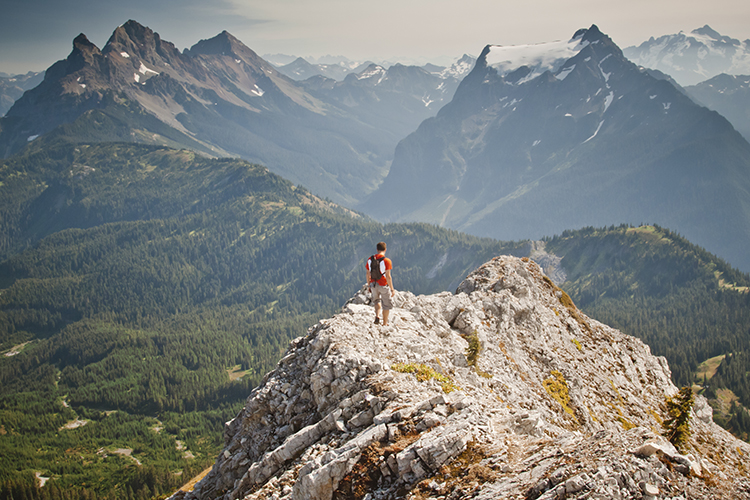
The first step to pleasurable hiking is gauging your physical limits and choosing a trip to suit. Key factors to consider are distance, elevation change and the type of terrain.
If you’re a newbie, start with short, easy walks and work your way up. If possible, hike with a companion or in a group with more experience. Not only will it be safer and more fun, you can share in others’ knowledge and skills. Clubs and guided walks are also great ways to learn the basics.
Optimal outdoor clothing protects you from the elements and regulates body temperature while being lightweight, durable and comfortable.
Layered clothing is best – undergarments under mid-layer under shell – added or subtracted as required. Superfine wool such as merino is ideal for under- and mid-layers, with synthetic layers on top.
A dependable waterproof jacket is vital, of course, as is a hat – broad-brim for sunny days, a woolly hat for the cold. The general rule of thumb is always be prepared for the worst conditions.
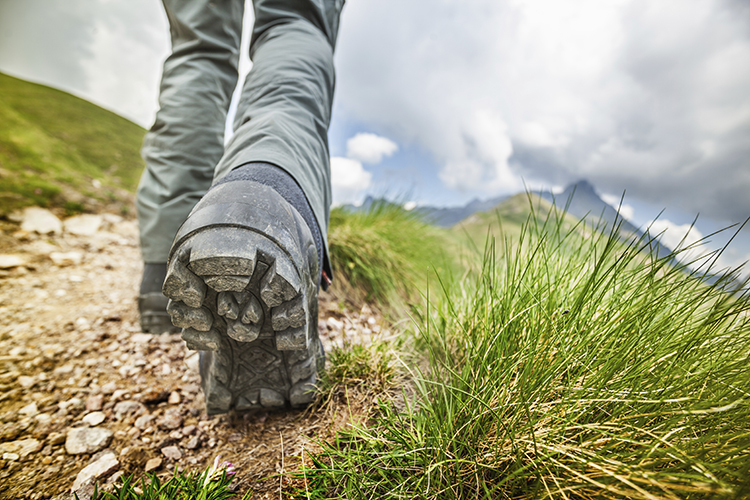
There is no substitute for high-quality hiking boots, which provide grip, support the ankles, and take the knocks. Buy the best pair you can afford. Pay particular attention to the sole: there should be a clearly defined heel, and a knobbly tread fashioned from high quality rubber.
The ideal place to choose new boots is a specialist outdoor retailer, in person, not over the internet. Try them on wearing thick wool socks. They should be comfortable from the outset; a troublesome boot will seldom come good.
If you’re going to carry a heavy load for long periods, get a backpack with a good harness as this dictates comfort and load-bearing limits.
For a starter, check that it can be adjusted to suit your body shape, closely examining the lumbar pad, hip belt and shoulder straps, as well as the quality of the padding.
A properly fitted pack allows freedom of movement, but doesn’t swing from side to side. Be prepared to make minor harness adjustments as you go: a slight tweak of a strap can make all the difference.
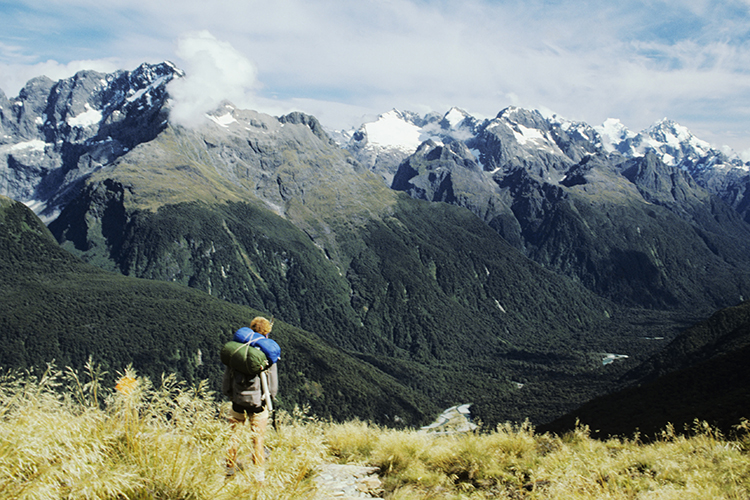
Be scrupulous in packing as light as possible, especially on long hikes in hilly terrain. Invest in lightweight equipment, and pool anything that can be shared among your group such as cooking equipment. Distribute this load according to the physical ability of each hiker.
Take lightweight food, decanting it into plastic bags rather than carrying unnecessary packaging. Also consider water – you needn’t carry vast quantities if there are potable supplies en route. Lugging litres of Evian mineral water into New Zealand’s Fiordland is simply madness.
Food is your fuel, and to keep firing on all cylinders you need to eat well on the trail. Always take more than you need, especially if there’s any chance your trip will take longer than planned.
For overnight trips, pack foods that are high energy, nutritious, compact, indestructible, and easy to cook. Tasty treats such as chocolate can also work wonders for morale when the going gets tough. Stay hydrated, but if you are unsure of the quality of water, treat it.
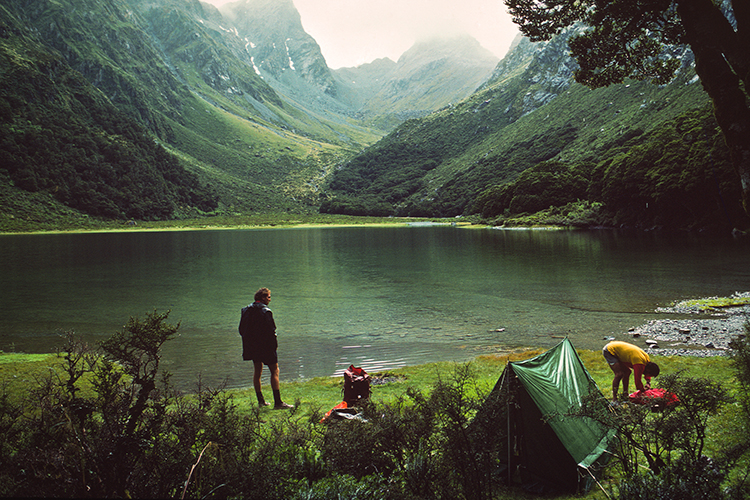
Enjoyable hiking hinges on stamina, not speed. Expect to walk much slower than normal, settling into your natural pace and rhythm.
Remember the tortoise and the hare? Should there be a hare in your group, ask them to slow down or relegate them to rear guard. Hiking at a rate that suits the slowest in your group will ensure harmony, and encourage appreciation of the scenery – arguably the point of the whole exercise. Take regular rest stops to take the weight off, rehydrate, and nibble some nuts – three moves guaranteed to keep you smiling.
Unless you’re setting out on easy, well signposted trails, always carry a map as a GPS receiver is useless with no signal or when batteries run out.
A topographical map is essential for wilderness hiking; learn how to read it and navigate using a compass. The best companion for a map is a sense of direction. Read the landscape, looking for significant landmarks such as rivers, peaks, or forks in the path. The best way to avoid getting lost is to know where you are.
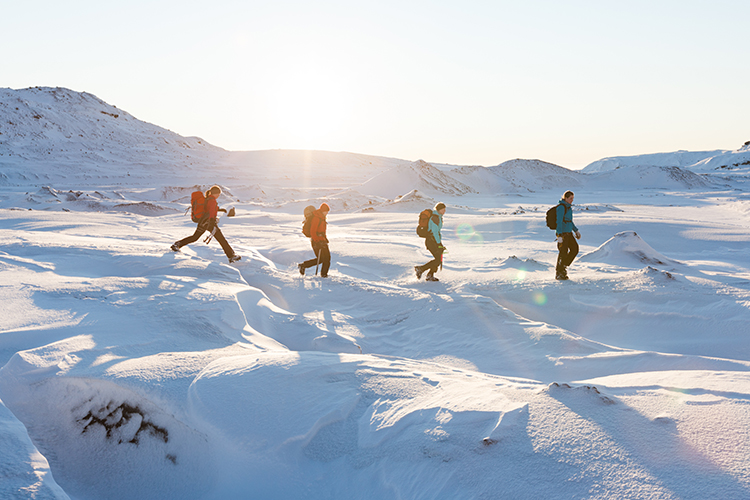
Weather conditions have a major bearing on hiker happiness. Rain, snow and whiteouts can transform easy trails into treacherous ordeals, while intense heat is draining, dehydrating, and can cause heatstroke. In some circumstances it may be advisable to change your plans.
Check forecasts and learn how to read the weather. On the trail, keep an eye on the skies, especially in the mountains where conditions can change rapidly. Beware of rain clouds if you have rivers to cross, and don’t be afraid to turn back or take shelter if conditions deteriorate.
Get off on the right foot by letting someone know where you’re going and when you'll be back so they can raise the alarm if you go AWOL.
Always take at least a basic first aid kit with you. Plasters and painkillers may suffice for day trips, but for longer trips add in bandages, sterile pads, antiseptic, and rehydration powders.
A survival bag or emergency blanket is a good idea, as is a whistle for attracting attention. A personal locator beacon (PLB) – available for hire at major hiking hubs – will ensure your rescue should things go seriously pear-shaped.